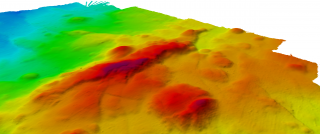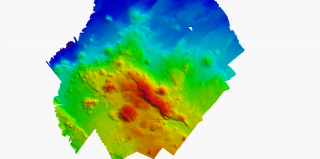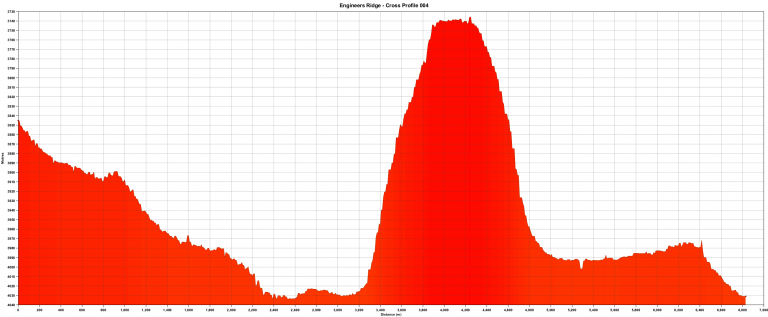
PALO ALTO, CA – Less than three months after announcing Falkor Seamount, an underwater mountain discovered and named by the crew aboard Schmidt Ocean Institute’s research vessel Falkor, the team has found and named another underwater feature.
The U.S. Board on Geographic Names unanimously approved Engineers Ridge on January 19, 2016. Named after the “unsung heroes of science at sea”, the underwater feature was discovered during a science expedition in the Marianas Trench Marine National Monument in November 2014. Located just south of Guam, the R/V Falkor technicians mapped and measured Engineers Ridge at 4.5 kilometers x 3 km (99 miles x 1.86 miles) and a maximum depth of 4,100 meters.

There are strict conventions and protocols for naming geographic features, and only in very rare events will the name of living persons be used. In this case, Schmidt Ocean Institute’s Lead Marine Technician Leighton Rolley argued that collectively, research ships’ engineers have “made an outstanding and fundamental contribution to ocean sciences.” “Engineers face daily challenges to keep the vessel running”, said Leighton. “In addition to supporting vessel maintenance, engineers often assist the science party with fabrication of equipment and address problems that can determine the success of an expedition.”

According to the official naming proposal, Falkor and its crew ran 393 km (244 miles) of survey lines to define the underwater bluff. It was during an expedition to explore the biology and geology of the Mariana Trench, that the team discovered Engineers Ridge and obtained footage of the deepest fish known to science. “Without the contribution of Falkor’s engineering team we would have been unable to continue to explore the deepest parts of the world’s oceans, and ultimately discover the deepest fish known to science”, said Leighton. There were several issues on the expedition where the engineer’s help was invaluable, “the naming of this feature is a lasting testimony to all the engineers who keep ships and science going.”
Much of the deep ocean still remains unexplored, and Schmidt Ocean Institute’s goal is to accelerate the pace of understanding the oceans by providing scientists, at no cost, with access to advanced seagoing research platform, R/V Falkor, with its embedded oceanographic instruments, robotic platforms, state of the art technical and operational support in exchange for a commitment to openly share the outcomes of scientific research. Eric King, Director of Marine Operations for Schmidt Ocean Institute was elated about the finding, “it is tremendously exciting that we are again able to make great use of our ship Falkor to continue furthering our understanding of the ocean, making wonderful discoveries and openly sharing these amazing findings.”
